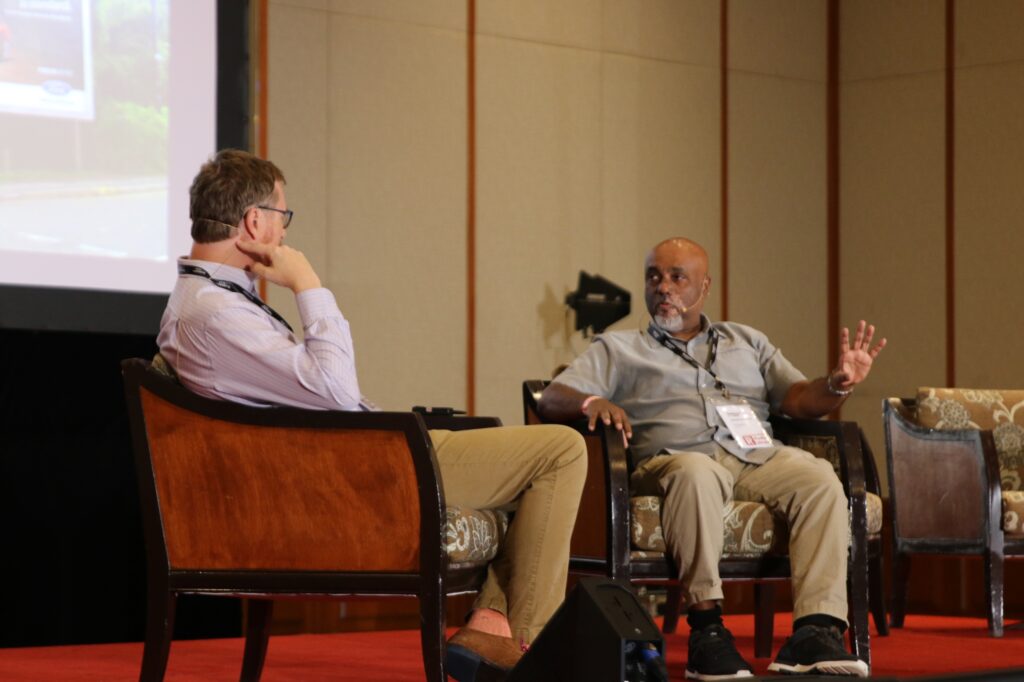According to what Daniel Fernandez, the automotive market is undergoing a profound transformation, which presents both significant threats and exciting opportunities.
One major threat is the rapid technological disruption affecting traditional radio. With advanced in-car infotainment systems like Apple CarPlay and Android Auto becoming the norm, they often overshadow radio by offering seamless integration with smartphones and personalised, ad-free content. This shift has led to a noticeable decline in radio listenership. Additionally, new automotive entrants, particularly from China, sometimes prioritise cost over quality, resulting in poor radio reception and integration issues, further frustrating users who expect reliable audio experiences.
On the bright side, there are promising opportunities for radio within the automotive industry. The integration of high-quality audio systems in modern vehicles provides a chance for radio stations to enhance their broadcast quality and appeal. Improved sound insulation and advanced audio technology in cars create a better environment for radio to thrive. Moreover, emerging markets in Asia, such as China, Malaysia, and Thailand, continue to show robust growth in the automotive sector, presenting opportunities for radio to cater to evolving consumer needs in these regions.
Additionally, the rise of podcasts and digital content offers a new avenue for radio to explore. By incorporating on-demand audio content into their offerings, traditional radio can stay relevant and engage listeners who prefer personalised and flexible content. While the automotive industry faces challenges from technological advancements and shifting consumer preferences, it also presents numerous opportunities for growth and innovation. Adapting to these changes and embracing new trends will be crucial for radio’s future success and its continued relevance in the evolving automotive landscape.


